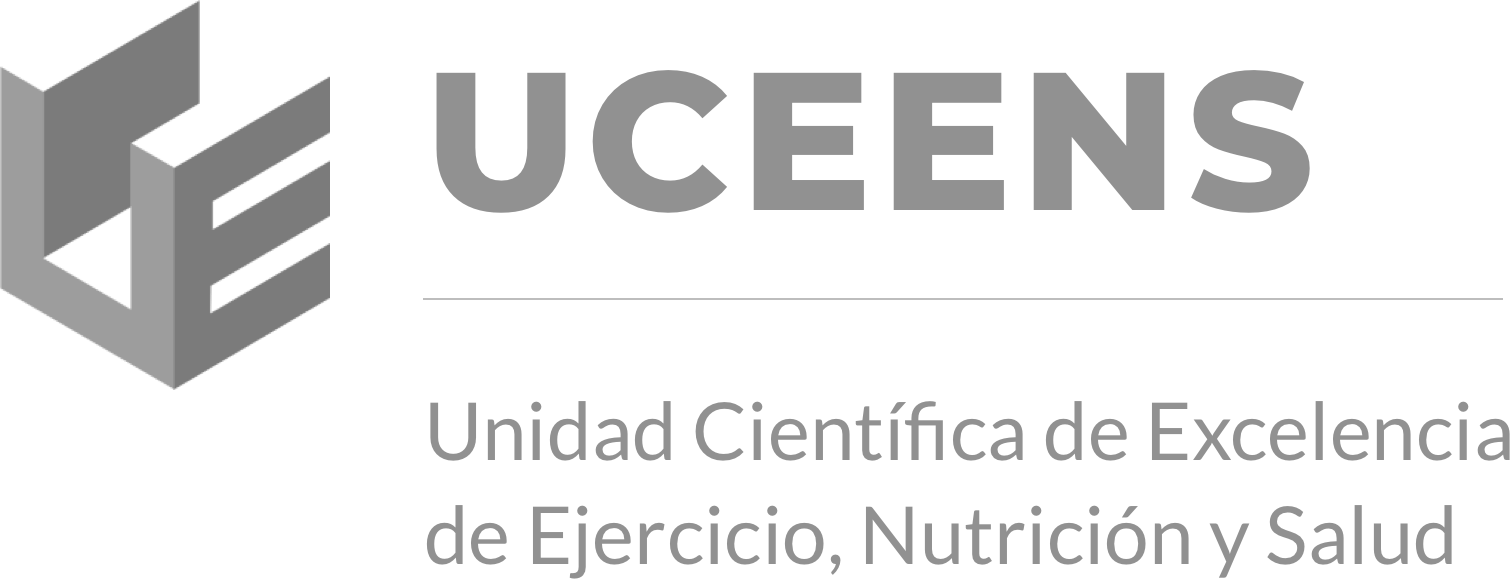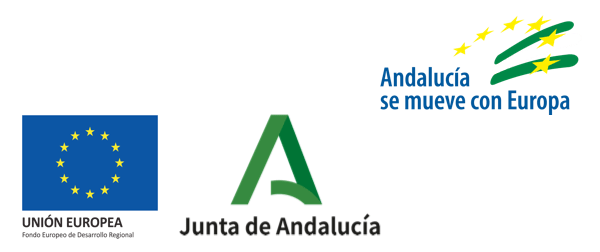Objective: The aim of this study was to compare the pressure pain threshold and muscle architecture after an anatomic single bundle reconstruction with quadriceps tendon and hamstring tendon autografts of the anterior cruciate ligament in competitive soccer players. We hypothesized that both procedures will obtain similar outcomes. Methods: Fifty-one participants were enrolled in this secondary analysis of a randomized controlled trial and were categorised into two groups: quadriceps tendon (QT) group (23 men and 3 women; mean age 18.7 +/- 3.6; BMI 23.0 +/- 2.2) or hamstring tendon (HT) group (16 men and 9 women; mean age 19.2 +/- 3.6 BMI 23.5 +/- 3.5). Both groups followed the same rehabilitation staged protocol. Pressure pain threshold (PPT), as a measure of perceived pain, was obtained in several points of quadriceps and hamstring muscles. Ultrasound imaging measurements were obtained in quadriceps tendon and knee cartilage thickness. Four measurements were taken in this study: baseline, 1, 3, 6, and 12 months after the anterior cruciate ligament (ACL) reconstruction. Results: The analysis of PPT did not find significant differences in both groups x interaction time in the points evaluated: epicondyle (QT = 421.1 +/- 184.1 vs HT = 384.7 +/- 154.1 kPa), vastus lateralis (QT = 576.2 +/- 221.3 vs HT = 560.1 +/- 167.7 kPa), vastus medialis (QT = 544.7 +/- 198.8 vs HT = 541.1.1 +/- 181.77 kPa), patellar tendon (QT = 626.3 +/- 221.1 vs HT = 665.0 +/- 205.5 kPa), QT (QT = 651.1 +/- 276.9 vs HT = 660.0 +/- 195.2 kPa). (QT = 667.8 +/- 284.7 vs HT = 648.2 +/- 193.4 kPa) injured knee (all P > 0.05). The results of ultrasound imaging did not show significant differences in both groups x interaction time in the thickness of the QT (QT = 9.9 +/- 2.4 vs HT = 9.4 +/- 1.7 kPa) and patellar cartilage (QT = 3.2 +/- 0.6 vs HT = 3.2 +/- 0.4 kPa) (P > 0.05). Conclusion: A QT autograft produces similar results to a HT autograft in ACL reconstructions in terms of pressure pain threshold and ultrasound muscle architecture during the 1-year follow-up. (C) 2019 Turkish Association of Orthopaedics and Traumatology. Publishing services by Elsevier B.V.




Deja una respuesta